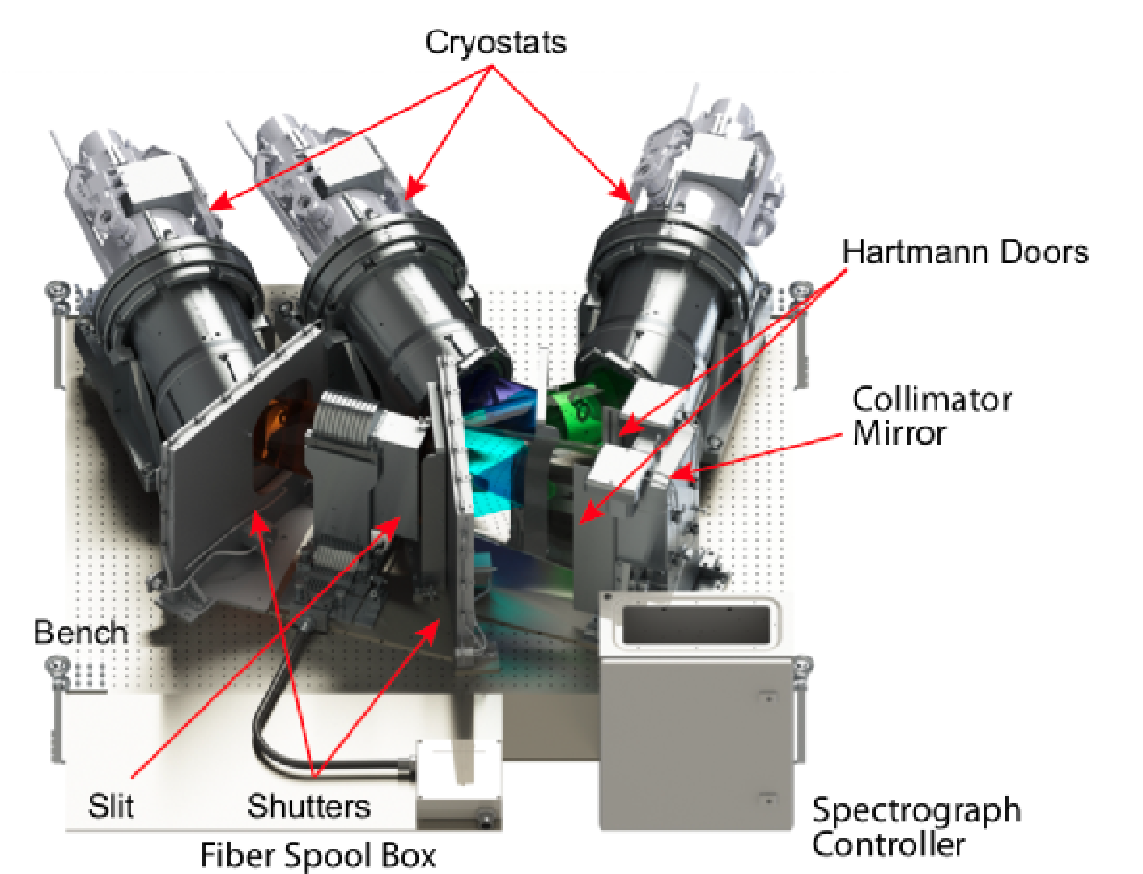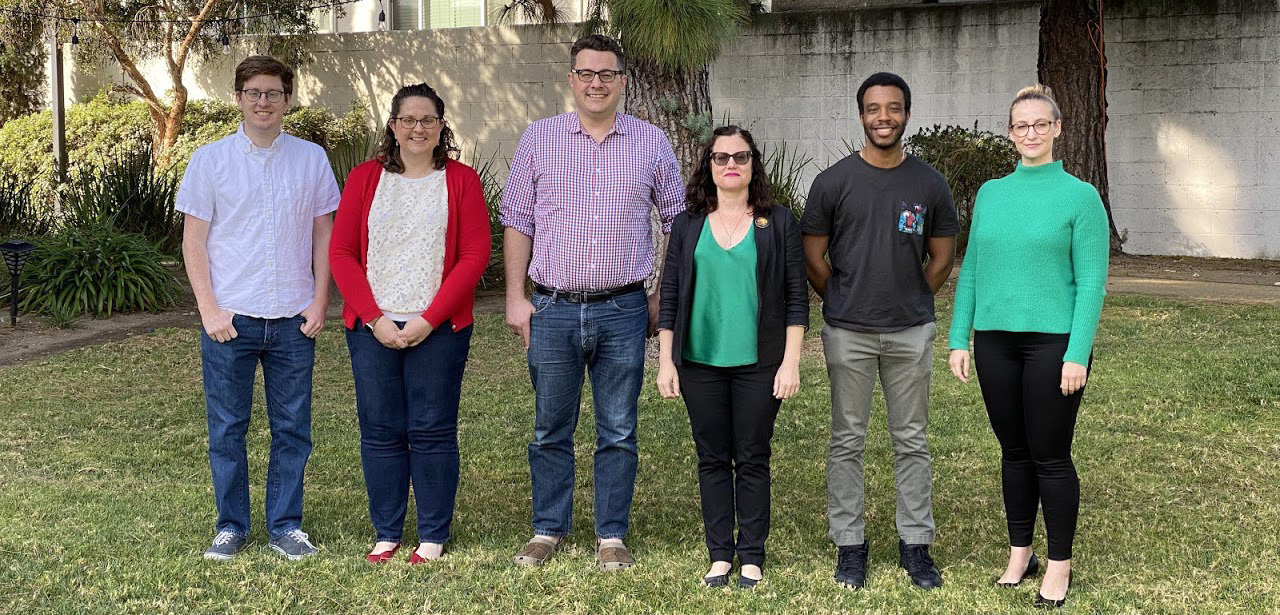New Eyes for the Carnegie Observatories
Carnegie In The News
"Tom Holoien, of the Carnegie Observatories was surveying the sky as part of his work for the network from a telescope in Chile. He saw the sudden flash in a galaxy that lies 375 million light-years away behind the constellation Volans in the far southern sky."

Staff scientist Nick Konidaris is instrument lead for the Sloan Digital Sky Survey-V (SDSS-V) Local Volume Mapper (LVM), under construction, and the Magellan Infrared (IR) Multi-Object Spectrograph (MIRMOS), under design. The LVM will map the sky with unprecedented resolution, mapping the Milky Way to less than one parsec (about 3.3 light-years) down from 100 parsecs today. MIRMOS will view 2.5 times the area of current instruments and four times the colors.

This image shows a range of spatial scales that the Local Volume Mapper (LVM) will detect. Today, data typically have resolutions of hundreds of parsec (left); one parsec is 3.3 light-years. The LVM will achieve parsec-scale resolution (right).
Image courtesy Sloan Digital Sky Survey-V
SDSS-V is an all-sky spectroscopic survey. Spectroscopy detects light and separates it into its many colors, revealing an object’s speed, chemistry, and more.
The LVM is an optical, integral-field spectrograph. These spectrographs view the sky using many cells, like insect eyes, which sense 360 degrees. The signal from each cell—a pixel—goes into the spectrograph. All the spectra are arranged into a two-dimensional data cube, with the third dimension to study expansive objects, such as nebulae and galaxy clusters.
The LVM will target Local Group galaxies, which includes our Milky Way. It will map the interstellar medium (ISM) to understand star formation physics and identify stellar-ISM correlations. The instrument will be installed on multiple, new small telescopes at Carnegie’s Las Campanas Observatory in Chile.
MIRMOS will solve numerous astronomical questions that current ground instruments cannot. One is to see greater areas of galactic cities, collections of very young, distant galaxies. Another is to survey atmospheres of planets around other stars.
MIRMOS will detect IR light. To work in the IR, its camera lenses have to be kept at -240°F. So, the team designed a special insulator to encase MIRMOS and other features that have not been made to work under such low temperatures. Their camera will take a 5-inch diameter beam and focus it to a diameter of 5-millionths of a meter enabling it to see 2.5 times more area. To see more colors, they designed a novel way to split the light into five color groups.

LVM/DESI spectrograph. Image courtesy of Winlight.
The Magellan Infrared (IR) Multi-Object Spectrograph (MIRMOS) camera will be comprised of seven lenses. The front element (right) is 7 inches in diameter. Light comes in from the right and is bent and focused. The lens must be kept at -240°F, which is accomplished by an insulating dewar (blue). To be able to see more colors the Konidaris team designed a system to split the light, using so-called nested dichroics (left in diagram) which split the light into five color groups at the same time.
Exoplanet atmospheric molecules cast a shadow from the star’s light. But the shadow only affects 1/10000th of the IR light. To confirm an atmosphere, more precise measurements are needed. Konidaris and team designed a light diffuser to smear the light. Well-focused light dances around as an atmosphere moves. It measures its location and size, not the molecules. With the diffuser, the beam is steady for reliable molecular measurements.

Several of the Magellan Infrared (IR) Multi-Object Spectrograph (MIRMOS) design team members are shown in this photograph. From left to right: Drew Newman, Gwen Rudie, Nick Konidaris, Alicia Lanz, Jason Williams, Allison Strom.
Image courtesy MIRMOS, Carnegie Institution for Science
